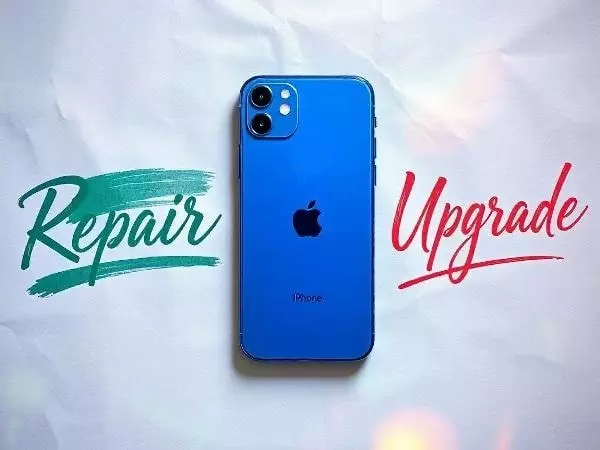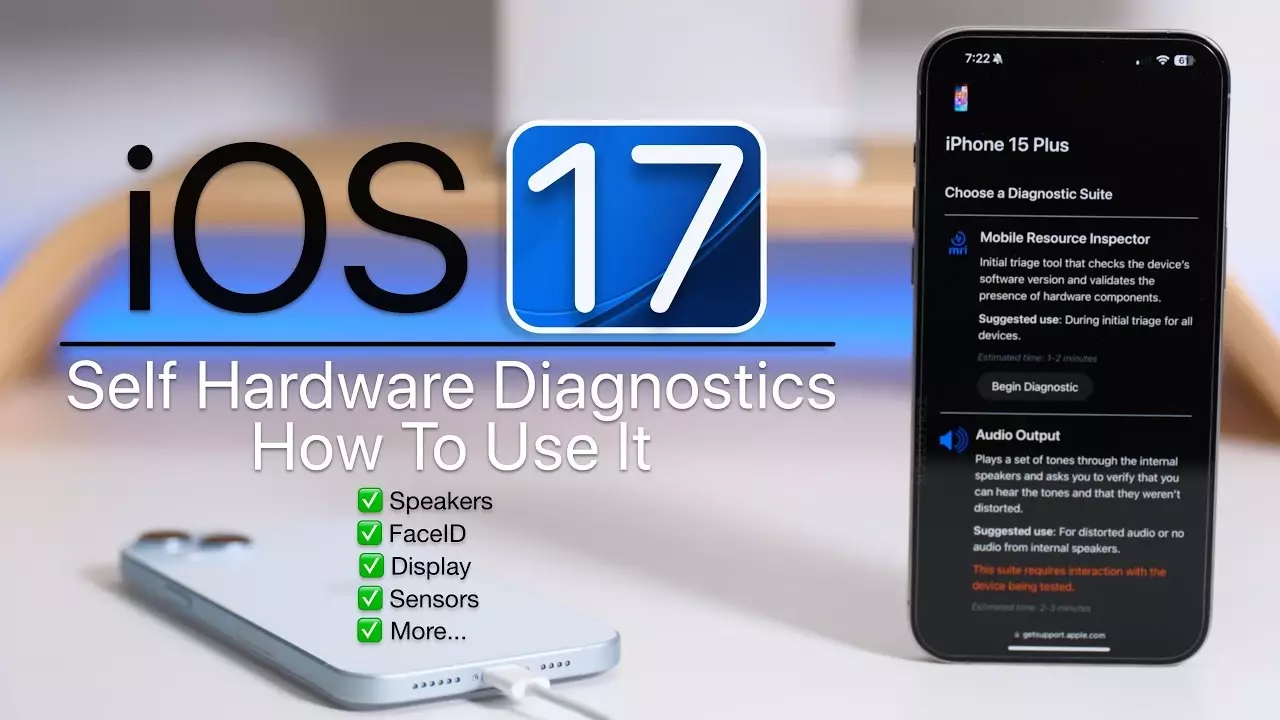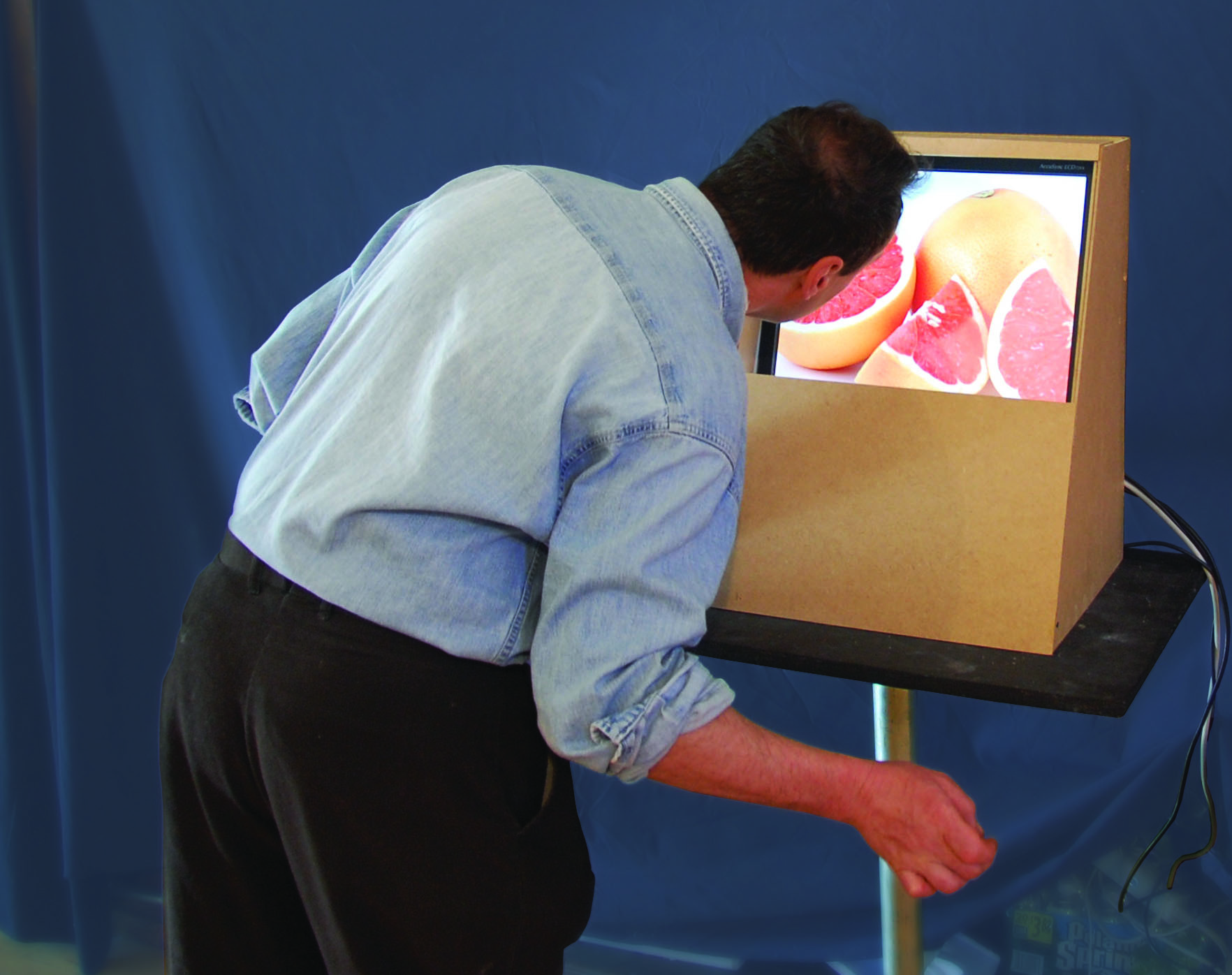
The Ultimate Guide to Essential Tools for Your iPhone SE (2nd Gen) Screen Replacement DIY
Thinking about tackling an iPhone SE screen fix yourself? You might be wondering where to start or which essential tools for iPhone SE (2nd Gen) screen replacement DIY are necessary. Imagine having the right kit and knowledge, ready to bring your cracked screen back to life. From the right screwdriver set to adhesive strips that secure everything perfectly, each tool plays a crucial role in your repair journey.
You might already have some tools lying around, but specific iPhone SE screen replacement parts and a trusted repair manual can make all the difference. A good screen repair kit can save you time and frustration, ensuring you don’t miss a step. Understanding what each tool does and how it helps in replacing the LCD or protecting the screen after the repair can be empowering.
Ready to dive into your screen repair adventure? Discover how choosing the right tools and following a detailed repair guide can simplify the process. Keep reading to learn more about transforming your damaged phone into a pristine piece of tech again.
Within the story
Essential Tools for iPhone SE (2nd Gen) Screen Replacement DIY
Understanding Your Tool Kit
Before you dive into replacing your iPhone SE screen, it’s crucial to familiarize yourself with the iPhone SE screen repair kit components. Your toolkit might include various items like screwdrivers, opening tools, and adhesive strips. Each of these tools plays a specific role in the replacement process. Opening tools help gently pry open the device, while screwdrivers are used to remove and secure screws. Adhesive strips help in sealing the new screen properly. Knowing how to use each tool is the first step towards a successful DIY screen replacement.
Spend some time understanding the purpose of each tool. You might find a small suction cup in your kit, which is used to lift the screen off the iPhone SE. This is crucial to avoid damaging internal components. Another tool, often overlooked, might be the small spudger, which helps you disconnect the delicate clips inside your phone. Take the time to read any included instructions in your kit. This way, you can avoid common mistakes and ensure that you’re using each tool correctly. It might seem a bit daunting at first, but with patience, you’ll get the hang of it.
Key Components of iPhone SE Screen Repair Kit
Your iPhone SE screen repair kit will likely include essential tools like screwdrivers and opening tools. These are indispensable for any repair work. You must ensure these tools are the right size for the iPhone SE to avoid causing damage. Quality tools make a noticeable difference in how smooth the repair process goes. Low-quality tools can easily strip screws or even break during use. Investing in a top-quality kit pays off in the long run, as it ensures that repairs are both effective and efficient.
Always verify that your tools match your specific device model. The iPhone SE (2nd Gen) might have unique screws or parts that require a precise fit. This importance of matching extends to any replacement parts you purchase. Always double-check before you begin to avoid frustrating issues later on. You might also find a set of tweezers in your kit. These are useful for handling tiny screws or components without losing them. Remember, each tool is there for a reason, and using them correctly is key to a successful repair.
Besides screwdrivers, you might use opening picks that easily slide between the phone and the screen to help detach it. A key aspect of using your toolkit effectively is having the right mindset. Be patient and gentle. Quality tools ensure a smooth process, but your approach also matters. If you rush or apply excessive force, even the best tools can’t prevent mishaps. Take your time, follow each step methodically, and you’ll find that replacing your iPhone screen is not as daunting as it might seem at first glance.
Why You Need iPhone SE Screen Replacement Parts
When it comes to replacing your iPhone SE screen, using high-quality parts is crucial to avoid future issues. You might feel tempted to buy cheaper parts, but this often leads to problems down the road. Poor-quality parts can cause malfunctions or even damage other components of your iPhone. Therefore, it’s wiser to invest in quality parts that will ensure your device works as it should after the repair. Always ensure that your replacement parts are compatible with your device. Compatibility is crucial because even a slight difference can cause big problems, including the screen not fitting properly or functionality issues.
Choosing trusted suppliers for parts is another important step. Reliable suppliers will not only provide high-quality parts but also offer guarantees or warranties. This means that if something goes wrong, you have the option to replace the part. When selecting parts, consider the source and check reviews or seek recommendations. This can save you trouble in the future and give you peace of mind during the repair. It might seem like a small detail, but choosing the right parts can be the difference between a repair that lasts and one that causes ongoing problems.
Preparing for the Replacement Process
Reading the iPhone SE Repair Manual
Before you begin the replacement process, read through the iPhone SE repair manual. These manuals guide you through every step of the repair process. They contain detailed instructions and can help you understand what tools you need and how to perform each task. It’s important to follow these instructions carefully to avoid making mistakes. Manuals are often comprehensive and can include images or diagrams to help you visualize the process.
- Read before starting.
- Keep it accessible during repair.
- Double-check each step.
Make sure to have the manual handy when working on your device. If you’re uncertain about anything, don’t hesitate to refer back to it. Double-check each step before proceeding to ensure you’re not overlooking any detail. Consistency is key for a successful repair. The manual can be your best friend in ensuring everything runs smoothly.
Using iPhone SE Screwdriver Set Correctly
One of the most important tools in your kit will be the iPhone SE screwdriver set. Using this set correctly is crucial to avoid any damage to your iPhone. First, you need to select the right screwdriver size. Using an incorrect size can strip the screws or damage the surrounding parts of the device. Look carefully at the screws to determine which size to use. Typically, you will have different types of screws on your device, and matching the screwdriver is important for maintaining the integrity of your iPhone.
When you’re using the screwdrivers, remember not to over-tighten the screws. Tightening them too much can crack the screen or damage the thread on the screws. Tighten the screws gently until they’re snug, and then stop. This step is crucial to avoid unnecessary damage and to ensure the components stay securely in place. If you find yourself struggling with tightening, stop and check if you’re using the correct tool or if the angle is right. Sometimes a small adjustment can make a big difference.
Applying iPhone SE Adhesive Strips
Adhesive strips play an important role in securing the iPhone SE screen. These strips ensure that the screen stays firmly in place after replacement. When applying these strips, make sure they’re placed correctly to avoid gaps or loose fittings. Adhesive strips should align perfectly with the edges of the device to keep everything secure. Rushing through this step can lead to misalignment and potential damage over time.
One tip to ensure proper application is to clean the surface where the strips will adhere. This ensures the strips stick properly and the screen remains secure. Press the adhesive strips gently but firmly into place, ensuring there are no air bubbles. Proper application ensures the durability of the repair and the safety of the screen. If you accidentally place the strips incorrectly, remove them carefully and try again. Adhesive placement is a task that benefits from precision and care.
Additional Tools and Precautions
Benefits of iPhone SE LCD Tools
Using specialized iPhone SE LCD tools during your screen replacement process can be incredibly beneficial. These tools are designed to help in safely removing the screen without causing any damage. They make it easier to disconnect and reconnect the display, and can prevent accidental damage. These tools are often included in repair kits and are designed to be user-friendly, even if it’s your first time attempting a DIY repair.
Using these tools correctly can save you a lot of trouble. They are specifically made to handle the delicate components of an iPhone SE. The tools also help you work more efficiently, allowing you to maneuver and adjust the screen carefully. Not only do they prevent damage, but they also help you align everything correctly, which is crucial for the screen to function properly. When you use the right tools, you’re setting yourself up for a successful repair process.
iPhone SE Display Assembly Techniques
When you’re reassembling the iPhone SE, proper display assembly techniques are crucial. Proper alignment is necessary for the screen to work and fit correctly. If things don’t line up perfectly, you might encounter issues like misalignments or gaps. To ensure everything is aligned properly, follow the steps methodically. Never rush this process as hurrying can lead to mistakes and potential damage to the display or internal components.
Start by aligning the connectors before securing them in place. You’ll usually hear a small click when they’re properly connected. Then, ensure the edges of the screen align with the phone’s body before pressing them together. Taking your time with alignment ensures that the touch screen functions correctly and that there are no gaps for dust or moisture to enter. Before fully securing the screen, double-check that all components are connected and aligned properly. This diligence helps in maintaining the longevity and functionality of the repair.
iPhone SE Replacement Screen Handling
When handling the iPhone SE replacement screen, it’s important to do so with care. Screens are extremely fragile and can be damaged easily if not handled properly. Use gentle hands when removing the original screen and installing the new one. Make sure your workspace is clean and well-lit, as this will help you see what you’re doing and avoid accidents. You should also ground yourself to prevent any static charge from damaging the screen.
Keep the replacement screen in its protective packaging until you’re ready to install it. Avoid touching the display side of the screen to prevent leaving fingerprints or smudges. If you do touch the screen, clean it with a microfiber cloth before installing it. Always handle the screen by the edges, and avoid any pressure on the screen itself. This approach minimizes the risk of cracks, and ensures that the screen looks and functions perfectly once installed.
Using iPhone SE Screen Protector
Once you’ve successfully replaced your screen, applying an iPhone SE screen protector is highly recommended. A screen protector helps protect your new screen from scratches, smudges, and potential cracks. It’s an inexpensive way to ensure the longevity of your phone’s new screen. Applying a screen protector right after replacement ensures that the screen remains pristine for as long as possible.
When applying the screen protector, make sure to clean the screen thoroughly to remove any dust or fingerprints. Use a microfiber cloth for the best results. Align the protector carefully before pressing it onto the screen. Start by aligning the edges and press gently from the middle outward to remove air bubbles. A well-applied screen protector will not affect the touch sensitivity and will provide a smooth surface for regular use. This final step in your DIY repair adds a significant layer of protection to your device.
Testing and Final Steps
Post-Replacement Checks
After completing your screen replacement, conducting thorough post-replacement checks is essential. These checks ensure that all features of your phone are functioning correctly. Start by turning on your iPhone and checking the display for any unusual lines or colors. Ensure that the touch functionality is responsive across the entire screen. Check for dead spots by dragging an app or icon across all parts of the screen.
Test other features like volume buttons, the home button, and any connectivity options such as Wi-Fi and Bluetooth. Make a quick call to ensure the sound and speakers are working fine. Doing these checks helps you identify if any component needs further attention. If you find any issue, it might be because something wasn’t connected properly during reassembly. In such cases, carefully open the device again and check all connections.
Following iPhone SE Repair Guide
To ensure no step is skipped or done incorrectly, following an iPhone SE repair guide during your DIY repair is beneficial. These guides cover everything from the beginning of the process to the end. They provide detailed instructions and often include images or videos for clarity. By using a repair guide, you significantly reduce the risk of overlooking crucial steps and mistakes. A guide serves as a useful reference to keep you on track and ensure that every component is reassembled correctly.
While following a guide, be sure to go at your own pace. If you struggle with a particular step, pause and re-read the instructions. Some guides also offer troubleshooting tips if you encounter common problems. These guides are written by experts who’ve done the repairs many times, and their advice is invaluable for navigating the repair process smoothly. Whether it’s your first time doing a DIY repair or you’ve done it before, a guide adds confidence to your efforts.
Common Issues and Troubleshooting
Addressing Screen Sensitivity Problems
If, after a replacement, you experience screen sensitivity issues, make sure that all parts are installed correctly. Sometimes, a loose connection or an improperly seated screen can cause sensitivity problems. Double-check all your work to ensure everything is in place. You may also need to calibrate the screen settings through your device’s settings menu. This helps in optimizing touch sensitivity and ensures a smooth user experience.
If problems persist, you might need to disconnect and reconnect the screen. Ensure all connectors are clean and free of debris. In some cases, redoing a step might be necessary to resolve sensitivity issues. Always handle the screen with care to avoid additional damage. Sensitivity problems are often indicative of small errors, but they can usually be fixed with a bit of extra attention.
Dealing with Display Assembly Misalignments
Misalignment in the display assembly can lead to several issues, including improper sealing and functionality problems. If you notice any gaps or unevenness, check for improper placement of the components. Often, this happens if the display wasn’t aligned correctly during installation. Take the time to re-check the assembly and carefully realign if necessary.
Remember, patience is key here. If the misalignment persists, you might need to gently loosen some screws to adjust the screen properly. Performing this step methodically ensures that everything fits snugly. A well-aligned screen ensures optimal performance and reduces the risk of future damages or issues. The alignment process might seem tricky, but once you master it, it becomes much easier to handle.
Troubleshooting Adhesive Strip Failures
If you encounter failures with adhesive strips, it might be due to improper application or placement. Adhesive strips are crucial for securing the screen, so any issues need to be addressed promptly. Start by reviewing how you applied the strips. Make sure the surface was clean and free of dust before applying the adhesive. If an adhesive strip didn’t stick properly, gently remove it and try again.
In some cases, using a new strip might be necessary if the old one lost its stickiness. Ensure that the strip aligns perfectly with the edges for a secure fit. If you’re still having trouble, consult your repair manual or guide for additional tips. Correctly applying adhesive strips ensures that the screen remains intact and secure, providing long-term durability for your device.
Maintaining Your iPhone SE Post-Repair
Taking Care of Your Device
Proper maintenance is vital for preventing future issues and ensuring that your device remains in top condition. Regularly clean your iPhone and its screen using a soft microfiber cloth. This helps prevent dust and smudges from building up, which can affect both the appearance and function of your device. Little maintenance tasks like this can make a big difference over time.
Additionally, avoid exposing your iPhone to extreme temperatures or moisture. These conditions can damage your device’s components. Use protective cases and screen protectors to add an extra layer of safety. By taking these simple steps, you help maintain the functionality and longevity of your iPhone.
Regularly Updating Your Software
Keeping your iPhone’s software up to date is essential for optimal performance. Software updates improve device performance and often include security patches and new features. Always ensure the latest software is installed on your iPhone. Regular updates keep everything running smoothly and securely, providing the best user experience.
Check for updates regularly in your settings menu and install them as soon as they’re available. Updates can help resolve bugs or issues you might be experiencing. Staying up-to-date with the latest software ensures your iPhone SE runs efficiently and effectively, maximizing its lifespan and functionality.
Leveraging Professional Help When Needed
Knowing When to Consult Experts
While DIY repairs are great, it’s important to know when to seek professional help for persistent issues. If you find yourself stuck or unsure, consulting an expert might be the best solution. Experts provide guaranteed solutions and can often diagnose problems more accurately than a guide or manual. It’s okay to reach out for help when needed.
Consider speaking to a professional if you encounter a problem you can’t fix or if you’re worried about causing further damage. Seeking expert help can save you time, frustration, and potentially additional costs down the line. Professionals have the experience and tools needed to address complex issues effectively.
Finding Reliable Repair Services
When seeking professional help, choosing certified professionals is crucial. Reliable repair services employ experts with proper training and certification to handle your iPhone SE. Reading reviews and checking service ratings before selecting a repair service can help you make a well-informed choice.
Reliable repair services provide warranties for their work, giving you peace of mind. These professionals aim to provide high-quality repair work that ensures your iPhone functions perfectly. Trusting the right service with your device can make all the difference in maintaining its performance and longevity.
Wrap Up Your Screen Fix Journey
By understanding the right tools, you can handle your iPhone SE screen repair with confidence. Using your kit helps you save money and time. With some careful steps, you restore your phone’s display to its former glory. You’re now better prepared to tackle this task yourself.
First, gather your screwdriver set and adhesive strips. These will ensure you have the essentials on hand. Next, follow the repair guide closely, step-by-step, to avoid mistakes. Take your time, and double-check each part you handle. This approach will keep things smooth for you.
Now, take the leap and start your repair. You’ve got the tools and know-how. Dive in and make your iPhone look brand new again. You’ll thank yourself for taking action. Go ahead and fix it today!







